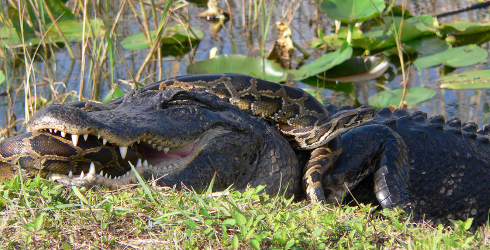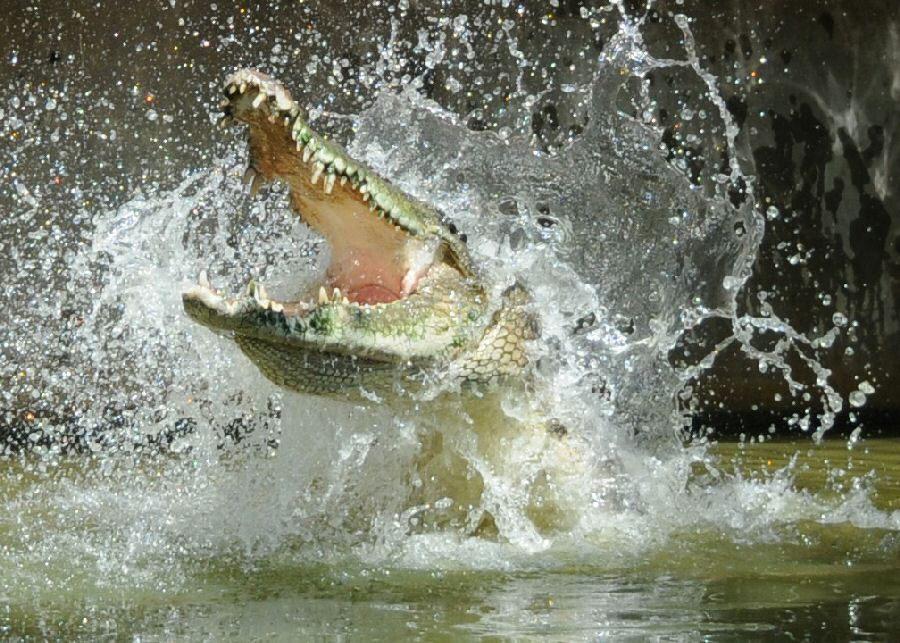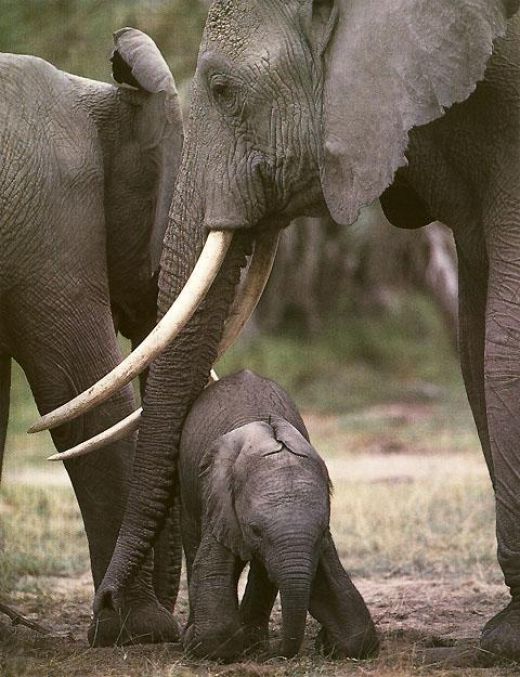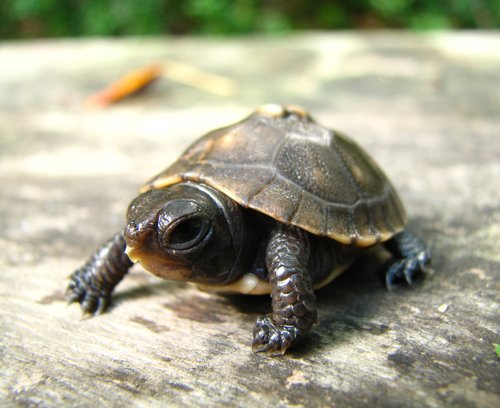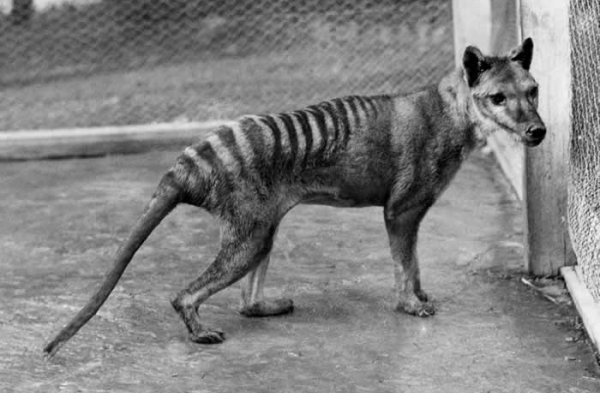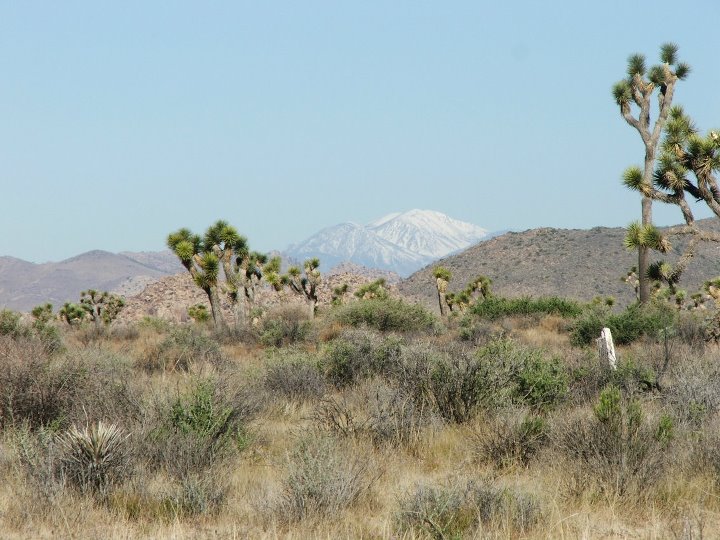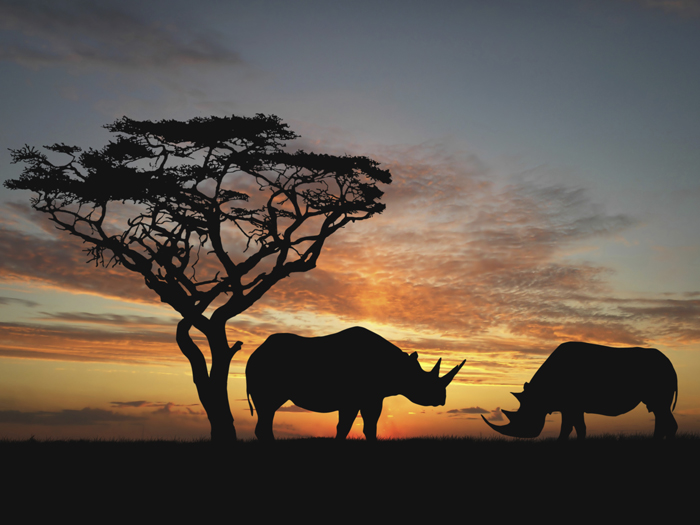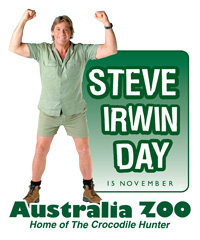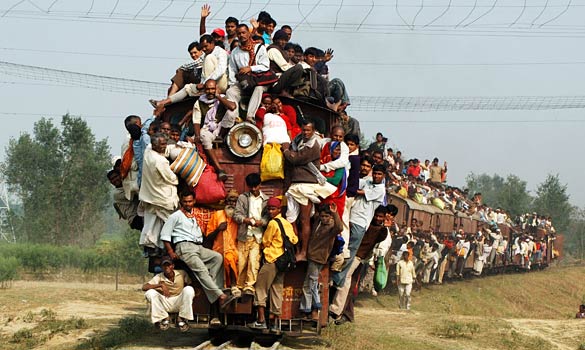Non-native or invasive species are finding their way into ecosystems all around the world. Regardless if they are being purposefully introduced by biologists to predate on a more destructive non-native or to enhance a biological area, or if they are being released by irresponsible pet owners, non-natives threaten native species. More importantly, invasive species not only pose a risk to native plants and animals through displacement, competition, or predation, but also by the possible introduction of disease. One of the most well-known stories of a non-native invasion is the cane toad of Australia. Brought to Australia in 1935, the cane …
Invasion of the Habitat Snatchers
